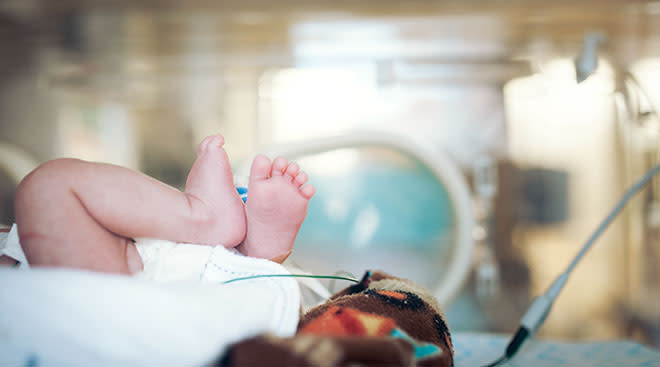Longer Paternity Leave Boosts Breastfeeding Success, Study Shows
The postpartum period can feel overwhelming, but with the right support from a partner, both Mom and baby have a better chance at a smooth and healthy start.
A new study from researchers at Northwestern University Feinberg School of Medicine reveals that dads who take at least two weeks of leave after their child’s birth are significantly more likely to report longer breastfeeding duration. Using data from a survey of 240 employed fathers in Georgia, researchers found that fathers who took two or more weeks of leave were 31% more likely to report their infant being breastfed at eight weeks compared to those who took less than two weeks.
Among families who started breastfeeding, those where dads took at least two weeks of leave had a 25% higher rate of continued breastfeeding at eight weeks than those where dads took less time off. This remained true even after adjusting for maternal, paternal, and baby characteristics.
Why might this be? Researchers believe it comes down to dads taking on more responsibilities at home, allowing moms to rest, recover and get set up for success for when Dad returns to work.
“Fathers can support breastfeeding by taking on hands-on baby care — changing diapers, burping, rocking and feeding expressed milk — while also ensuring mothers get the nutrition, hydration and rest they need to recover,” lead study author Dr. John James Parker said in a press release. “All these father-supportive activities are easier when fathers have more generous leave.”
And when mothers have the opportunity to breastfeed longer, baby benefits big time. Studies have shown a positive correlation between longer breastfeeding durations and a stronger immune system, better weight throughout childhood and even more lifelong health benefits for baby.
Even for moms who can’t or choose not to breastfeed, having a supportive partner that can take paid leave is crucial. Research shows that extended paternity leave helps balance parenting roles long-term, reduces the risk of postpartum depression and can even save babies’ lives.
Given all of this, it seems like a no-brainer to provide dads with paid paternity leave to help both moms and babies get the best start possible. Unfortunately, this isn’t the case for many fathers. A 2022 study found only 13% of employers offer paid paternity leave to all their male employees, and most fathers who do receive paid leave take only one week or less. What’s more, white fathers are more likely to receive paid leave than fathers from other racial and ethnic groups.
Parker, a father of three, says his own experience around his children’s births inspired his research. “When I became a father, I realized how absent dads were from the conversation,” he said. “In medical training, no one talked about involving dads or why that mattered.” A turning point came when his pediatrician gave him tips on supporting his wife with breastfeeding. “It made me feel part of the team. Now, I do the same for the dads I work with.”
Navigate forward to interact with the calendar and select a date. Press the question mark key to get the keyboard shortcuts for changing dates.





















































